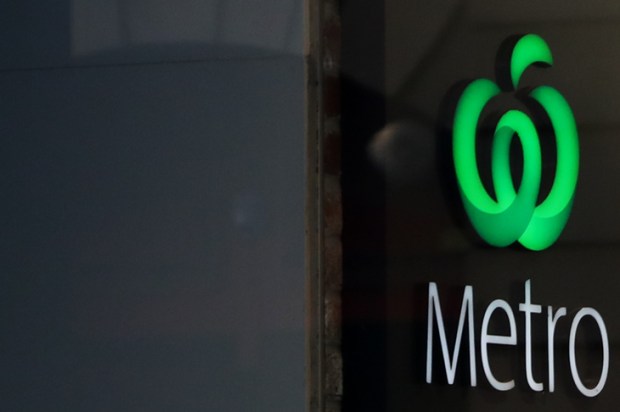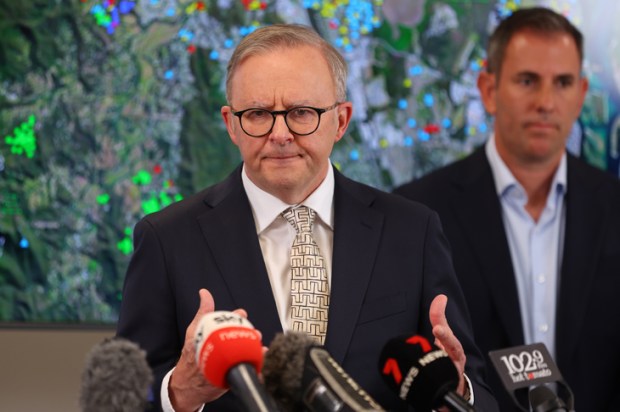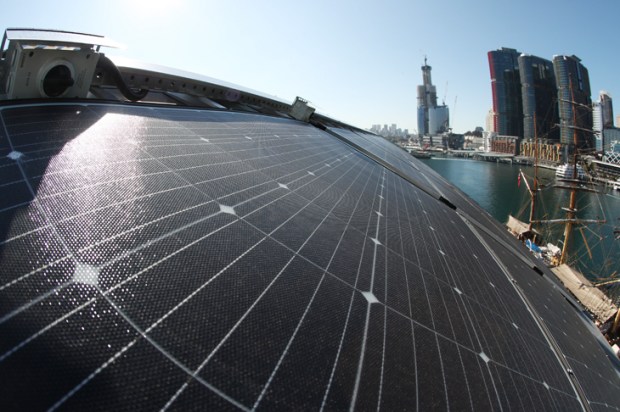‘Last week’s ‘panic-sell’ advice from one of Australia’s many purveyors of emailed stockmarket wisdom had no evident impact on an ASX that remained buoyantly near its peak. ‘The time to panic is before the mob wakes up that the over-confident market is living on borrowed time’. So how appropriate is the timing of the latest Chicken Little falling sky warning? Is China’s coronavirus the pin that pricks the market bubble, not only because of its own direct impact, but by focussing attention on the riskiness of a debt-laden world?
Despite the virus having a real economic impact far beyond China and while the world’s central bankers have not yet determined an appropriate response, there is no widespread expectation of it causing a world-wide economic disaster. Nevertheless , a Financial Times columnist has warned of the potential for a cascading economic fallout from any prolonged outbreak that would challenge the ability of global central banks (many of whom have used up their monetary policy ammunition) to provide a backstop.
Australia is listed high among nations already being adversely affected by its major customer’s coronavirus epidemic, but the overall economic impact is being officially played down. While acknowledging business concerns and accepting the prospect of a ‘short-term economic shock’ (followed by a rapid snap back) Treasurer Josh Frydenberg reckons the economy remains remarkably resilient. And despite slicing 0.2 per cent off first quarter forecasts (similar to US expectations), the Reserve Bank still expects accelerating growth in 2020 and says it’s important not to ‘catastrophise’. Some local economists expect a significant hit, but not enough to derail the economy given supportive interest rates and a low Australian dollar, while others fear a severe contraction with negative first quarter growth. But the stockmarket, with exceptions, remains on a high.
It is that high, in line with the US market, that has prompted proposals to push the panic button. The market ‘has never been more expensive; it is the most emotionally charged in history. Sooner or later logic will prevail’; prepare for market crashes of up to 65 per cent.
Even before coronavirus, the World Bank had warned that the largest and fastest rise in global debt in half a century (with government debt approaching an ‘unsustainable’ level and corporate debt even higher) could lead to another financial crisis as the world economy slows. And it is slowing to the lowest annual rate since the GFC, with the OECD reporting a worsening risk of long-term stagnation due to trade conflicts, weak business investment, slowing productivity and persistent political uncertainty. Too much debt was at the heart of the GFC and a decade later debt has risen by 50 per cent. ‘Should global economic growth and credit conditions continue to deteriorate, a new bout of financial stress could erupt and the financial markets could become more vulnerable to episodes of contagion’. The International Monetary Fund joined the chorus by sounding an alarm about a ‘corporate debt mountain built up in eight major economies by reckless lenders that threatens to topple over and deepen the next recession; in the world’s two biggest economies, China and the US, almost half the debt is classified as “high risk” — owed by companies whose profits do not cover the interest payments.’
Australia also has ‘significant issues’ and is becoming ‘less dynamic’ with lower levels of investment, lower rates of business formation and lower rates of people switching jobs, according to Reserve Bank governor, Philip Lowe. He accepts that the economic fundamentals are ‘fantastic’ but the economic performance has been only OK; ‘Things could be better, but they are not disastrous,’ he told a recent meeting of the House of Representatives Economics Committee, adding that very weak productivity growth over the past five years was a ‘worry’ as productivity is the source of increases in living standards, real wages and real asset prices.
Given all these warnings, is the stockmarket too high? Is it panic time? Market bears will always be right eventually; the key is in the timing. But in the meantime the bulls will have bellowed all the way to the bank.
Got something to add? Join the discussion and comment below.
Get 10 issues for just $10
Subscribe to The Spectator Australia today for the next 10 magazine issues, plus full online access, for just $10.
You might disagree with half of it, but you’ll enjoy reading all of it. Try your first month for free, then just $2 a week for the remainder of your first year.














Comments
Don't miss out
Join the conversation with other Spectator Australia readers. Subscribe to leave a comment.
SUBSCRIBEAlready a subscriber? Log in